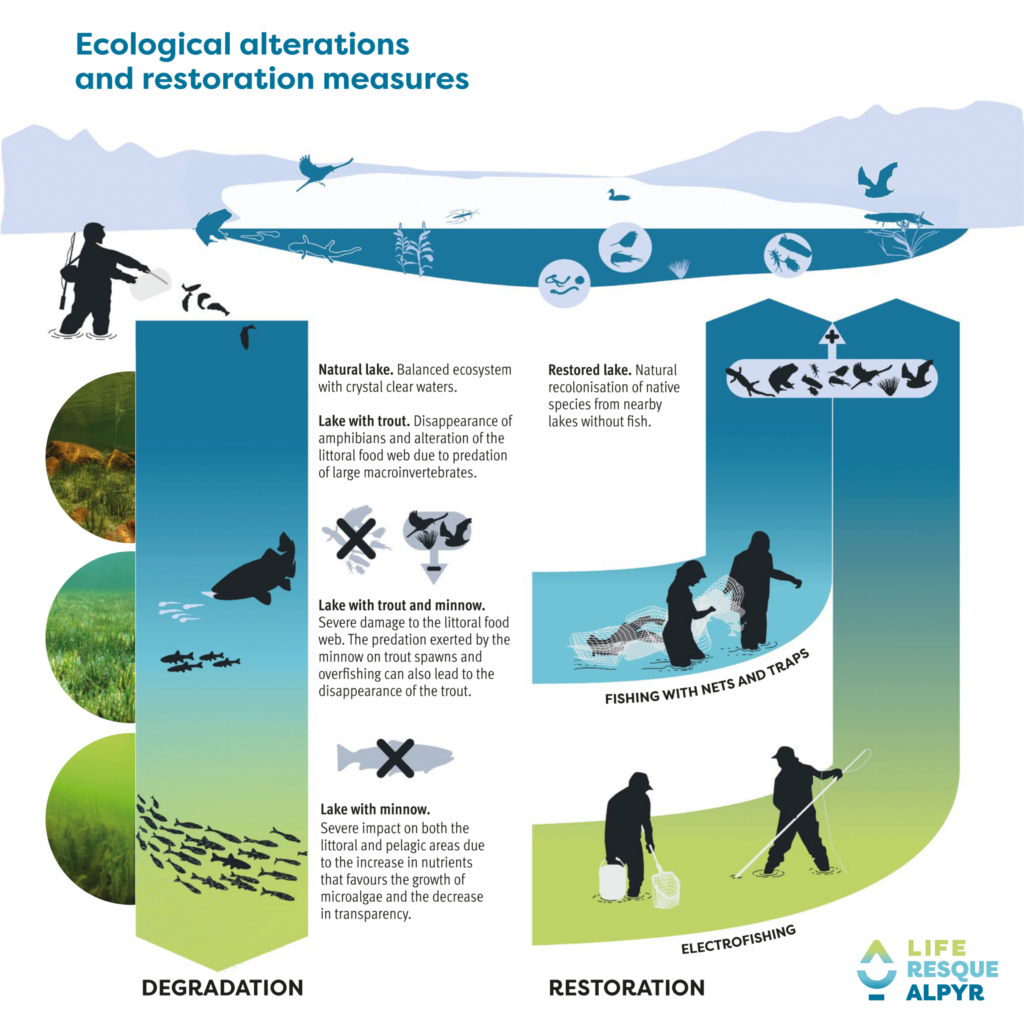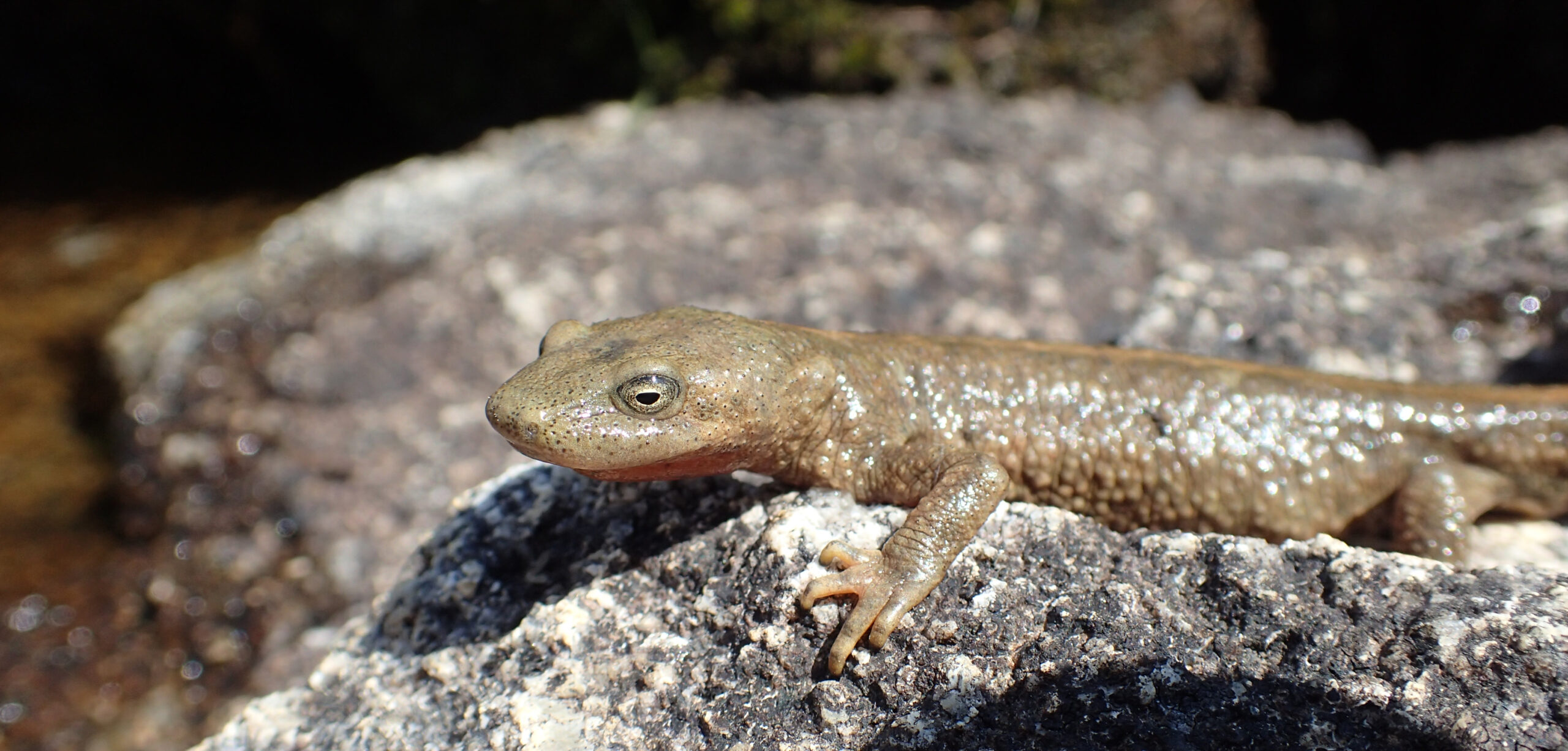The latest report Ciencia para las políticas públicas collects scientific evidence from CSIC about the loss of biodiversity, its causes and consequences, and proposes measures to address this crisis.
The document The Loss of Biodiversity in the Current Global Change Scenario defines biodiversity as the variety of habitats, species, and genetic diversity, and highlights the ecosystem services it provides, such as pollination, air and water purification, and climate regulation.

Despite our dependence on these services, biodiversity continues to decline at an alarming rate. According to the IUCN, more than 46,300 species are severely at risk of extinction, which is 30% of those assessed by the organization.
One of the highlighted initiatives in the report to tackle this issue is the LIFE RESQUE ALPYR project, which is essential for the restoration of habitats and the preservation of species in particularly vulnerable ecosystems.
Main Causes
The latest Science for Policy report from CSIC identifies five key factors, all of anthropogenic origin, responsible for the accelerated loss of biodiversity:
- Habitat destruction and degradation: The construction of infrastructures, urbanization, intensive agriculture and livestock farming, bottom trawling… Many human activities damage or directly destroy habitats, and with them, the species that inhabit them.
- Overexploitation of resources: The abusive extraction of raw materials puts numerous species at risk.
- Pollution: The impact of pesticides and insecticides, pollution from other chemical waste, and plastics affect all ecosystems, especially aquatic ones.
- Invasive species: Globalization has accelerated the introduction of exotic species with invasive behavior, which displace or eliminate native species and disrupt the dynamic balance of ecosystems.
- Climate change: The increase in temperatures, droughts, and extreme weather events exacerbate this situation.

Most Relevant Consequences
The loss of biodiversity has devastating effects on ecosystems and society, which the document outlines. In summary, these include:
- Disruption of ecosystem services: Pollination, natural pest control, water purification, and the availability of food and medicines are at risk.
- Irreparable loss of genetic heritage: Species that have taken millions of years to evolve are going extinct, and they perform key and irreplaceable functions in ecosystems.
- Cascading effects: The disappearance of one species alters the entire biological network, affecting many others that eventually also disappear.
- Less resilient ecosystems: The simplification of ecosystems makes them less capable of recovering from environmental changes.
- Impacts on human health: Altered ecosystems increase the spread of zoonoses (diseases transmitted from animals to humans) and the spread of pandemics. Nature rich in species acts as a filter and buffer for zoonotic jumps, meaning that infectious agents pass between species, reducing the likelihood of them reaching humans. It has also been scientifically proven that living in healthy natural environments benefits both physical and mental well-being.
LIFE RESQUE ALPYR: A Project for Biodiversity Restoration
In the face of this crisis, projects like LIFE RESQUE ALPYR play a key role in the conservation and restoration of natural habitats. The project focuses on restoring high-altitude aquatic ecosystems, such as ponds, which have been particularly affected by the introduction of invasive species.
One of the key actions of the project is the eradication of introduced fish species in the Pyrenees and Alps ponds, which have led to the disappearance of native amphibians and invertebrates. Using techniques like electric fishing and nets, the project aims to restore the ecosystem’s ecological balance and allow for the natural recovery of species. These restored ponds show improvements in water quality, transparency, and the return of disappeared species.

Additionally, LIFE RESQUE ALPYR promotes environmental awareness and outreach actions to raise public consciousness about the importance of conserving high-mountain ecosystems.
Proposed Measures to Halt the Biodiversity Crisis
Experts emphasize the need for urgent actions by governments, companies, and citizens. It is essential to promote a rational management of natural resources, halt the overexploitation of raw materials, and change production and consumption systems to reduce the ecological footprint, limiting food waste and other resources. It is also crucial to regulate and reduce the use of chemicals such as pesticides, herbicides, and insecticides across all sectors, while encouraging sustainable, low-impact activities, including tourism.
Furthermore, regulations and actions must be implemented to conserve and, when necessary, restore natural habitats such as mature forests, wetlands, and seagrass meadows. The use of new technologies, such as artificial intelligence, environmental DNA, and satellite detection, can enhance biodiversity monitoring and enable earlier action. Finally, fostering shared responsibility among governments, businesses, and citizens is crucial to ensuring ambitious and sustainable environmental policies that balance biodiversity protection with the needs of rural areas.
La pérdida de la biodiversidad en el actual escenario de cambio global has been coordinated by María Begoña García (IPE-CSIC), Mario Díaz (MNC-CSIC), Daniel Oro (CEAB-CSIC), Esperança Gacia (CEAB-CSIC), Jaime Bosch (IMIB-CSIC), Paola Laiolo (IMIB-CSIC)
You can access the full report, at this link.




